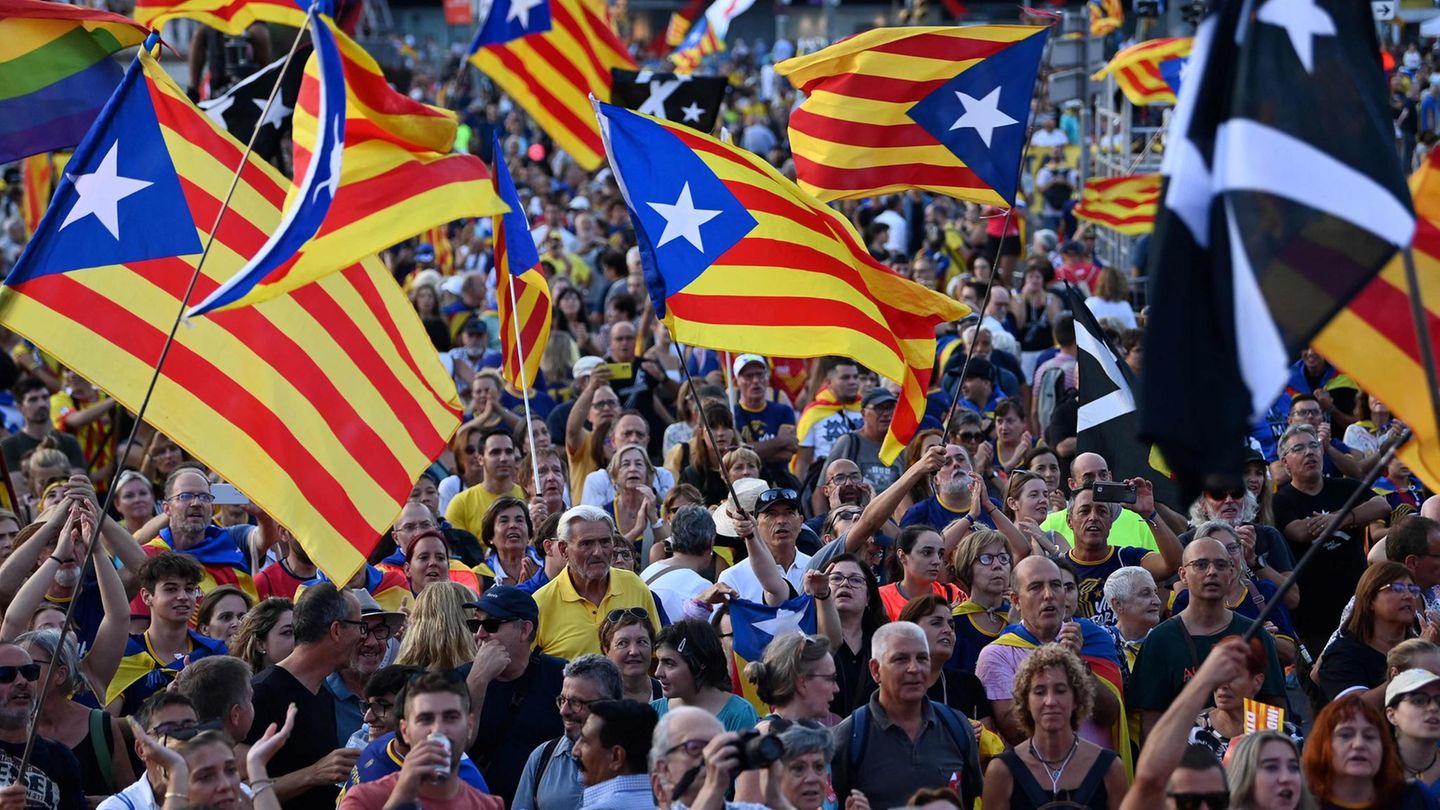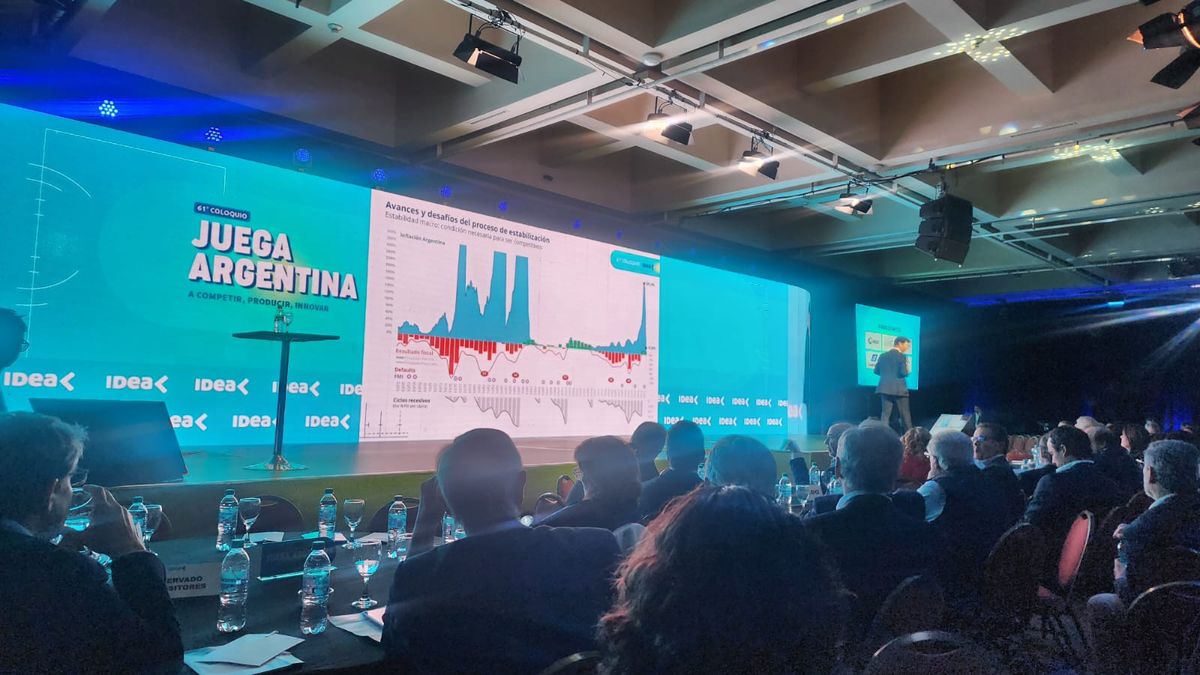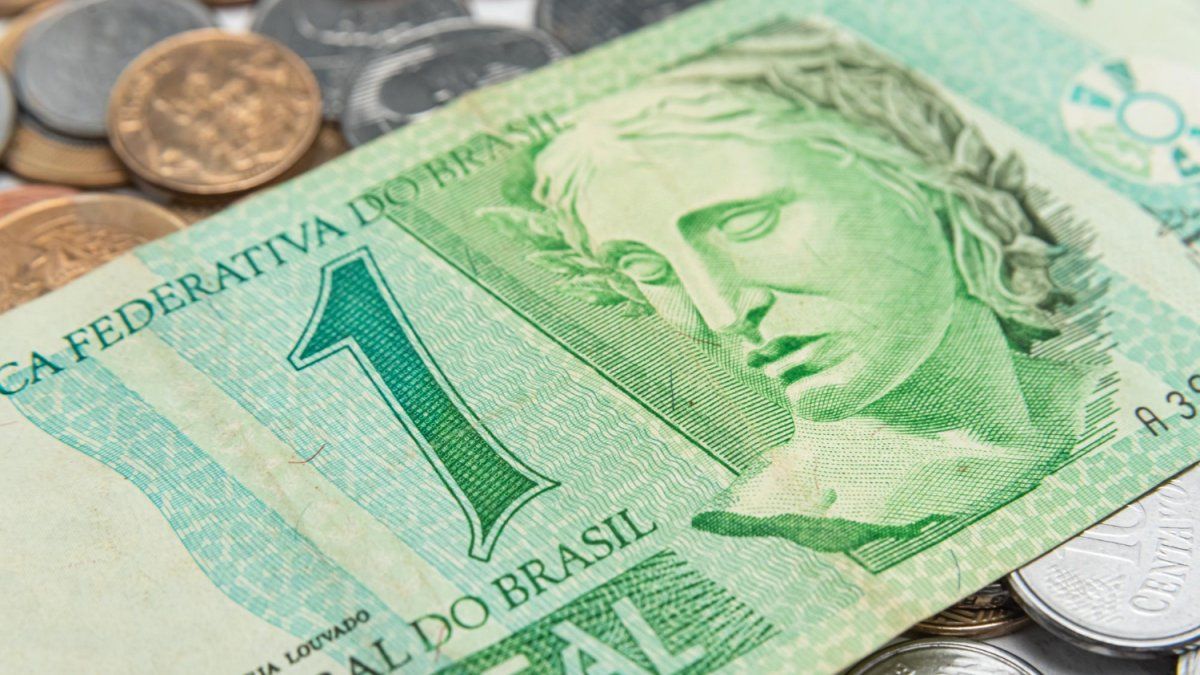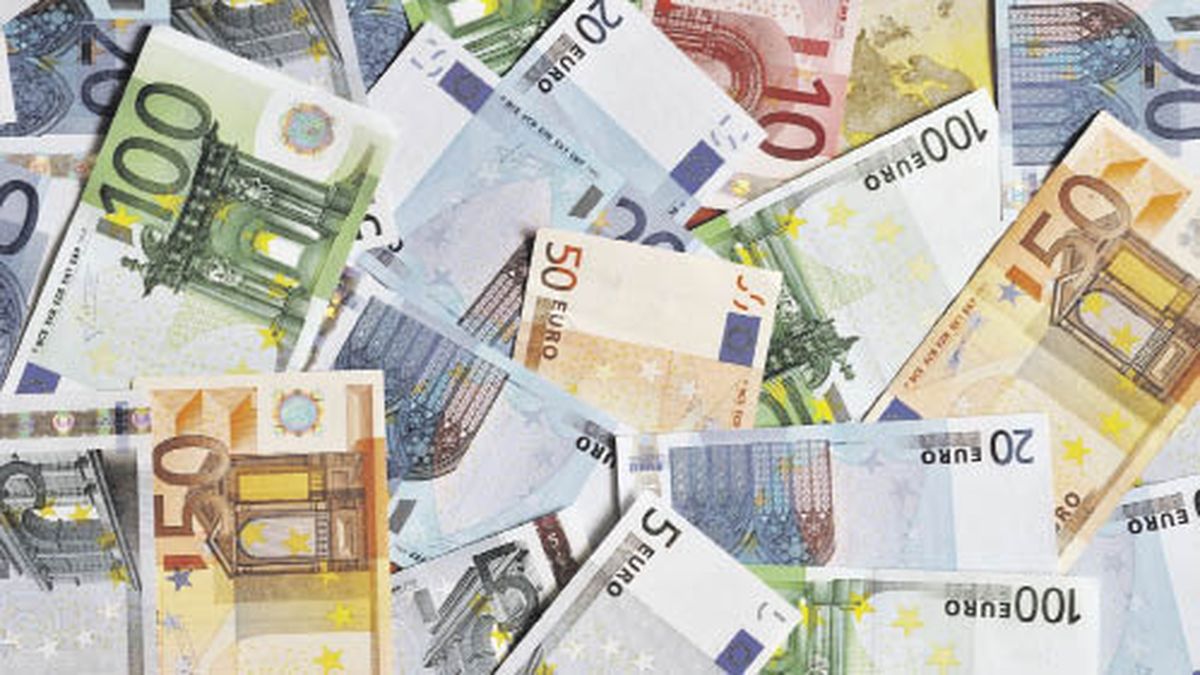All of Spain is looking to Barcelona. No, not because of a football “Clásico” between Barça and Real Madrid. A demonstration by separatists shows who the people and opinions are that are likely to decide the future of Spain.
Catalonia’s separatists are experiencing a rebirth that until recently no one would have thought possible. Six years after the attempted separation was defeated, it is the supporters of the Spanish region’s independence, led by fugitive from justice Carles Puigdemont, who will most likely soon decide whether Prime Minister Pedro Sánchez can continue to govern or whether the EU’s fourth-largest economy will finally be put into a dangerous blockade device. However, the separatists’ annual rally showed that Sánchez will have a hard time convincing the deeply divided “Catalanistas” that it is best for them to help him, the socialist who is willing to negotiate, and to prevent a new election, which the Right and ultra-right decried enemies of Catalonia could benefit.
Thousands of people at the demonstration in Catalonia
Without the 14 votes from Catalans among the 350 deputies in the lower house of the Madrid parliament, Sánchez would not have a majority. First, opposition leader Alberto Núñez Feijóo from the conservative People’s Party (PP), who won the early election on July 23rd, has until September 27th to forge a government alliance. However, he is hardly given any chances. It would then be up to Sánchez to negotiate with the left-wing nationalist ERC of Catalan Prime Minister Pere Aragonès and, above all, with the Junts party of Puigdemont, who is in exile in Belgium.
At the demonstration on Monday evening on the occasion of the Catalan national holiday “Diada”, practically only the “hard core” took to the streets of Barcelona. The moderate separatists, who were initially content with the amnesty offered by Sánchez (so far only unofficially) for the failed secession attempt in autumn 2017, mostly stayed at home, as was clearly evident on site. That explains why “only” between 115,000 (according to the police) and a good 800,000 (according to organizers’ estimates) came. Significantly fewer than the 1.8 million in 2014, when the movement still exuded unity.
“We don’t trust the politicians, neither those in Madrid nor those of the separatist parties,” says pensioner Jaume. If no referendum is agreed, independence will have to be enforced unilaterally. If necessary, the risk of violence and victims will have to be accepted.
“Rejection of all pacts that do not provide for independence”
The activist of the civil movement Catalan National Assembly (ANC), which acted as the main organizer of the rally, thinks like his “boss” Dolors Feliu. The ANC president shouted on Monday in Plaça d’Espanya to deafening cheers from her supporters: “Independence or rejection of all pacts that do not provide for independence.” You shouldn’t be afraid, says Jaume. “Fear leads to failure,” the 73-year-old is convinced.
The most intransigent separatists include not only older people like Jaume, who painfully experienced the oppression of the Catalans under the dictatorship of Francisco Franco (1939-1975). On Monday evening you saw a colorful crowd. Many pensioners, also many families with small children, people in expensive clothes, alternatives with piercings and colorful hair, wheelchair users, cyclists and motorcyclists, and many, many students.
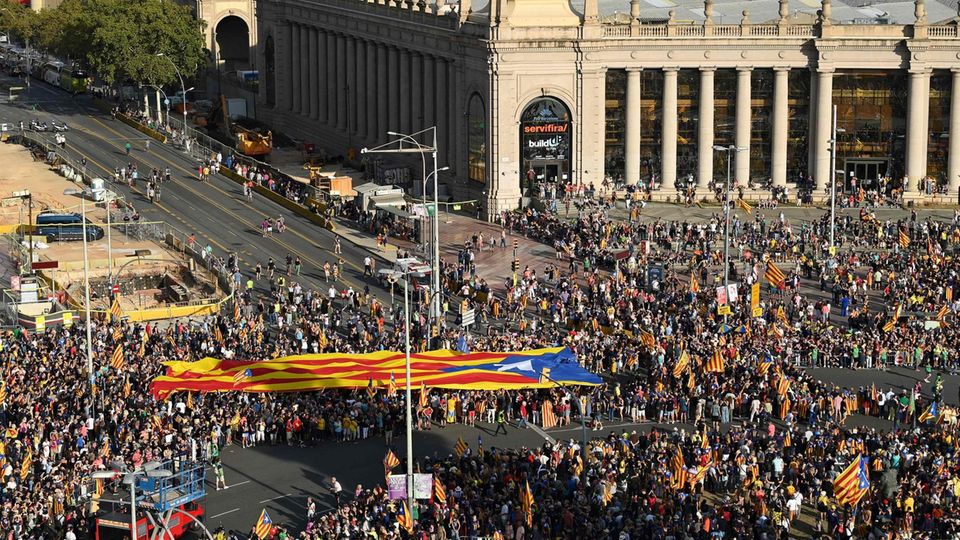
Like the group around Pau, Xenia, Laia, Carla, Berta and Mireia, who came especially from Vic, around 75 kilometers north of Barcelona. “We want to be able to vote on independence,” the 17-year-olds shout in unison. Outside the diverse metropolis of Barcelona with its newcomers from home and abroad, separatism is even stronger, they say. It’s about protecting culture and language. “When I’m elsewhere in Spain, I get looked at wrongly or made fun of when I talk in Catalan,” says Pau, who, like Jaume, with his nice and profound manner, doesn’t fit the type of radical separatist often portrayed in Madrid.
Separatists have more power than ever before
But there were also less nice separatists on Monday. Pere Aragonès had to cancel his participation early because he was insulted by many people. The 40-year-old head of government is blamed for his willingness to talk. At a meeting with foreign correspondents before the demonstration, Aragonès spoke of a convergence between the positions of his left-wing ERC and Puigdemont’s Junts, the liberal party that is traditionally less willing to compromise. In fact, contrary to expectations, Puigdemont recently did not call for a referendum as an immediate condition for supporting the left-wing central government in Madrid. But many separatists are less willing to compromise.
The big question now in Spain is where the greatest resistance to a pact between socialists and separatists will come from. From the Popular Party PP of opposition leader Alberto Núñez Feijóo, which warns of the destruction of the country? From the right-wing populists at Vox who are hoping for a new election? Or, paradoxically, from the most radical among the separatists around ANC leader Feliu, who could contribute to the “golden opportunity” (Aragonès) being wasted? In order to calm the mood among the latter, Aragonès emphasized on Monday: the amnesty was “just an important but essential step towards an independence referendum.”
Pictures of the day
Pure beauty
Paco Camas from the research institute Ipsos said on Spanish television that it was paradoxical that the separatists had more power than ever before in times of strife and rather weak election results. “The independence movement demonstrated its strength yesterday, regardless of the numbers,” said the Catalan newspaper La Vanguardia, which is anything but separatist. But more unity is needed, it is emphasized everywhere. That’s what they say behind closed doors in the government palace in Barcelona, and Jaume knows it too: “Without unity there is no independence.” He agrees with Aragonès (for once).
Source: Stern
I have been working in the news industry for over 6 years, first as a reporter and now as an editor. I have covered politics extensively, and my work has appeared in major newspapers and online news outlets around the world. In addition to my writing, I also contribute regularly to 24 Hours World.

